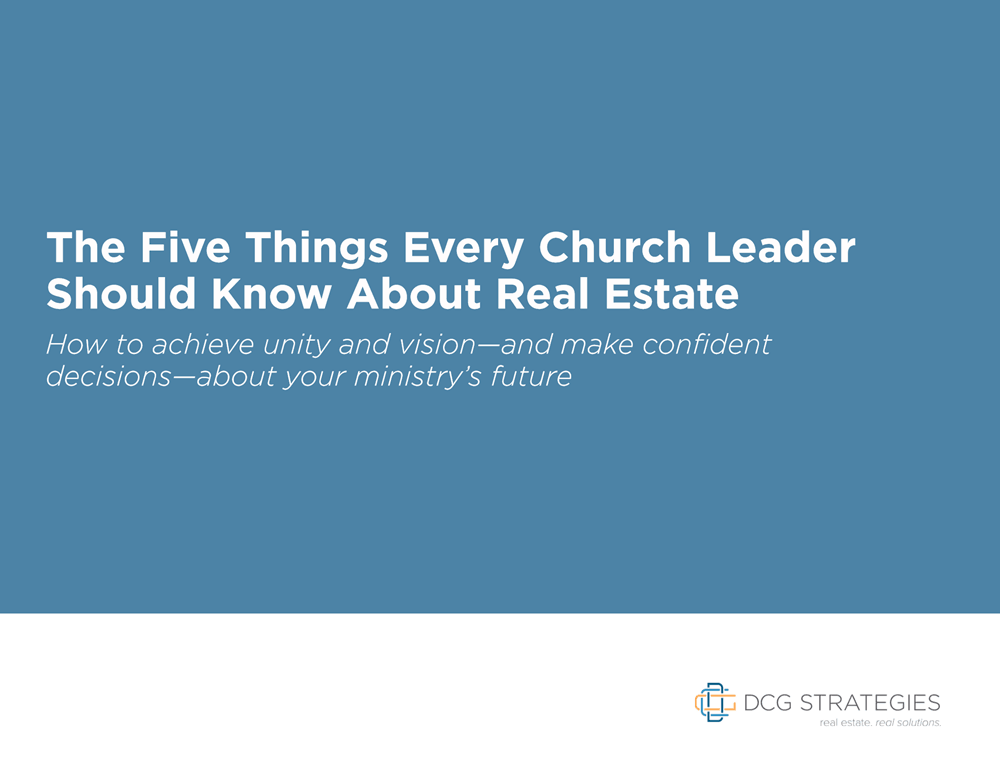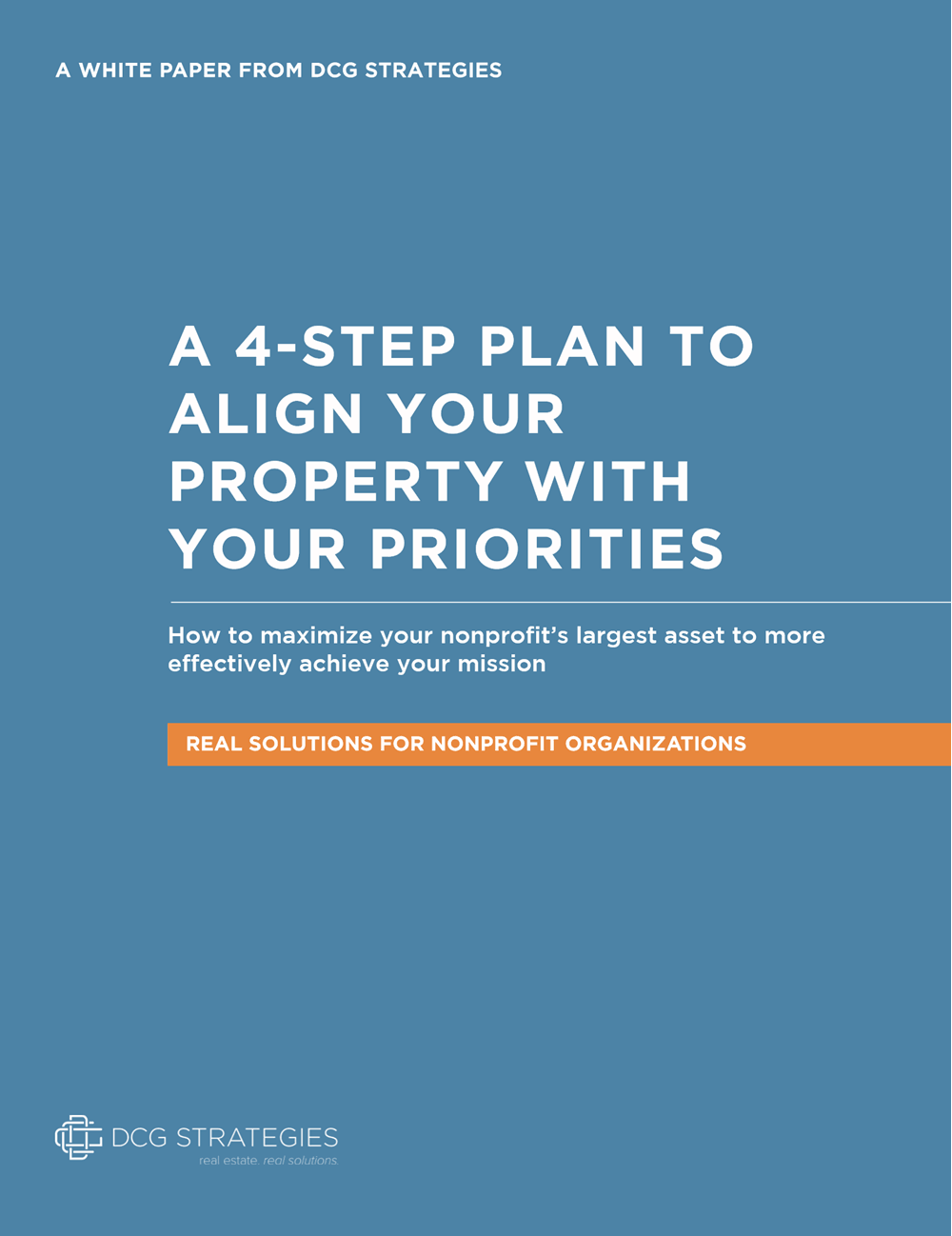 When selecting a space for your non-profit, there are a lot of factors to take into consideration.
When selecting a space for your non-profit, there are a lot of factors to take into consideration.
Image source: Flickr CC user Dave Fayram
I grew up in the 90s, and went to college at the end of that decade and the beginning of this century. It was easy, and probably correct, to think that it was the golden age of non-profits and NGOs. The rise of the Internet helped connect people with like-minded thinkers and activists across the globe, and just being able to see the example of brave and determined people was inspiring. When Jody Williams, an anti-landmine activist, won the Nobel Peace Prize in 1997, it was seen as a triumph for anyone who worked outside the system. That wasn’t the first strong period for NGOs and it wasn’t the last, but it was an incredible time for outsiders.
I knew many people who started or participated in NGOs. I remember one, when living abroad, that had a goal to distribute backpacks to school children. This was actually a running joke among some people – in a land of poverty and violence, it seemed small. Maybe it was, but you know what? It had a mission, it was achievable, and it was a success. It made going to school daily more convenient for thousands of kids.
I remember that group when I think about NGO and non-profit property needs. Too many of these groups have great ideas about their needs, but aren’t realistic about how to achieve them. They get ahead of themselves and find that they have run out of money. The mission always comes first, but actually having enough money to have a proper and efficient headquarters and fulfilling your goals isn’t always possible. Here are some ways to make that happen.
Understanding Your Funds and Needs
One thing I always noticed was that having a huge amount of money all at once was almost as deleterious for an NGO as having none at all. It isn’t that people got greedy – stories of avaricious nonprofit heads are exaggerated and cherry-picked by those hoping that false equivalence can ease a guilty conscience. It is that they didn’t know how to manage the money and didn’t know how to properly run an organization and a business.
Because make no mistake – your non-profit has to be run like a business. Maybe not with the bottom line, but with managing your funds to meet your goals. You have to balance employee needs with supplies and resources with getting something done. One of the areas where people mess this up is in property, because they don’t understand their needs. Here are some questions you need to ask yourself:
- How much room do my people need? Does management need their own offices, or can an open plan work?
- Does it have the connectivity you need? You have to make sure that the building you go in is properly prepared for you to communicate with people in the field, donors, and other workers, as well as manage your operations. A less expensive place that isn’t connected isn’t a smart use of funds. You’ll be losing money in the long run.
- Is it nice enough to show people? While the idea of the ascetic non-profit working out of a barren warehouse may be romanticized, donors also want to see professionalism, workers want a comfortable place to go, and attracting volunteers sometimes means putting on a show.
- Is it too nice? The opposite is just as troublesome. No one wants to donate to an organization that has massage chairs for the executives.
Energy-Efficient Non-Profit Property Can Save Money
Maybe your non-profit is about saving the environment or promoting energy efficiency. Maybe it isn’t. It might even be about combatting what you see as environmental extremism. Regardless of what it is, you want your building to be energy efficient simply so you can save money.
Solar power is important, especially in California. More and more buildings, both residential and professional, are turning to solar panels to save on energy costs. If you’re going to be paying for the energy you use, this can save you hundreds (if not thousands) of dollars a year. You also want to make sure windows and doors are sealed, you get natural lighting both to keep the place warmer when it is cold out and to save money on electricity, you have efficient windows, and even dark roofs that can help disperse heat and reduce cooling costs.
When you’re a non-profit and often eager for funds, it’s easy to always take the role of the beggar. But when looking for real estate, don’t forget that you’re the client, and you can demand to know about efficiency and costs. It helps to have a real estate agent used to handling the needs of non-profits and NGOs, and it helps to know what you need.
Stay Close to Public Transportation
A nice office with a huge parking lot is great, but it’s property that you pay for, so it’s important to consider whether or not you need it. Don’t forget that you’re also paying your employees less than what they might make working a different job, and you obviously aren’t paying your volunteers anything. This makes it likely that many of your workers will be resorting to public transit. Being close to public transportation allows a wider variety of people to come to your office from a wider range of areas, which can be crucial when you’re trying to attract volunteers.
Many cities are building transit-oriented developments, which can be a great place to look for real estate. It tends to be mixed-use, which can cut down the cost, and is easy and convenient for the people you count on to stay afloat. This is especially helpful if one of your incentives, in lieu of a huge salary, is transportation vouchers. Public transportation will be less expensive than parking or gas.
Embrace Mobility, but Don’t Rely On It
Millions and millions of workers can do their jobs remotely, and that number is going to continue to grow. This is important to understand. We mentioned connectivity above and its importance to your work. This connectivity can also allow you to permit many of the workers in your organization to work outside the office, which means you don’t need space for everyone to be in the office at once. This can greatly reduce your costs.
However, don’t think that you don’t need an office at all. Having a central spot for face-to-face meetings, interviews, talks with donors – even morale-boosting lunches and games – is hugely important. This central spot is where some of your best ideas might come to fruition through collaboration and the building of a strong company culture.
The trick is to understand what you need, trying to get that, but also ignoring what you don’t. We all want the gleaming office downtown, but that might not happen. The only thing that needs to happen is to partner with the right firm who understands you so that you can get the space you need to carry out the work you want to do.
If your non-profit is looking for the perfect location for headquarters, you don’t have to go it alone. Get assistance from a real estate consultant whose community values align with your own. Contact DCG Real Estate today to learn more.





